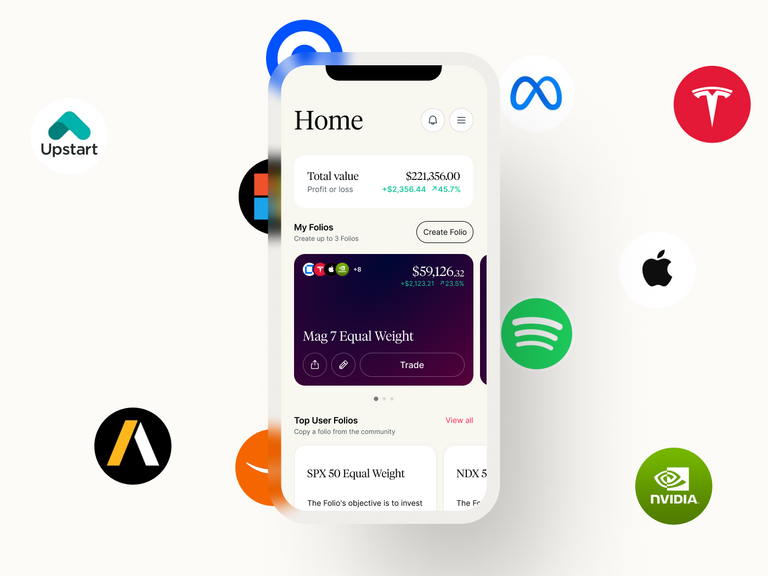It is no panacea to reducing reliance on natural gas or meeting future clean energy demands, but the hydrogen market is expected to boom over the next few decades. Subsidies and tax incentives, such as those made available through the Inflation Reduction Act, will be vital if net zero targets are to be hit.
- US hydrogen producers could benefit from $100bn in tax incentives made available through the Inflation Reduction Act.
- Investment of $9trn will be needed through 2050 to support the global green hydrogen market.
- How to invest in hydrogen: the L&G Hydrogen UCITS ETF offers exposure to stocks within clean energy and the hydrogen supply chain. The fund is up 4% in the past six months.
Hydrogen is expected to play a key role in the clean energy transition, but it’s currently underused in the UK and Europe.
Last week, Andrew Forrest, the Australian billionaire and mining magnate who owns 40% of Fortescue Metals Group [FMG.AX], told the Financial Times that the UK was “sleep walking” when it comes to hydrogen development.
“We will invest billions of dollars, eventually tens of billions, in the US… You have to go where the returns are higher,” said Forrest.
Although the UK has ambitions of reaching 10GW of hydrogen production capacity by 2030 — double its previous target — and has issued £400m to explore the development of hydrogen technologies, the UK will probably have to increase subsidies if it’s to catch up to the US, according to Forrest.
Meanwhile, in March this year the EU published a draft document outlining plans for its ‘hydrogen bank’, which will award a fixed premium to hydrogen producers over the course of 10 years.
But the plan pales in comparison to the US, where hydrogen producers could be set for a share of $100bn in tax credits over the next decade through the IRA.
Last week, the American Clean Power Association published a framework for promoting the domestic hydrogen industry. It proposed that the government limit hydrogen incentives to those companies that are utilising new sources of clean electricity to power their hydrogen production and operations, noting that doing so could ensure that developments are undertaken responsibly.
IPO opportunities
The more subsidy-friendly hydrogen market in the US means some UK and European producers are looking to expand their business stateside.
German industrial company Thyssenkrupp [TKAG.DE] is reportedly getting ready to launch the much-anticipated IPO for Thyssenkrupp Nucera, a hydrogen joint venture with Italy’s De Nora [DNR.MI], on the Frankfurt Stock Exchange. The deal, which is expected to be announced soon, could value the hydrogen business at €4bn, and the plan is to raise €500m–600m, according to terms seen by Bloomberg.
Despite the high inflation environment, Thyssenkrupp is clearly looking to capitalise on the opportunities and interest in hydrogen generated by the IRA. Back in March, Thyssenkrupp Nucera CEO Werner Ponikwar told Reuters that there had been significant interest in the company’s alkaline water electrolysis technology.
“We will think about creating manufacturing capacities together with De Nora in the US if the market grows as strongly as expected,” said Ponikwar.
Are you finding this content insightful? Leave us some feedback here.
Green hydrogen likely to drive growth
Hydrogen generated through the electrolysis of water is known as green hydrogen. It’s considerably more efficient to produce than blue and grey hydrogen, which are made using natural gas.
In April, Air Products [APD] selected Thyssenkrupp Nucera to supply alkaline water electrolysers for the industrial gas supplier’s hydrogen facility in Arizona. It’s the second contract awarded under the pair’s partnership.
According to Christoph Noeres, head of green hydrogen at Thyssenkrupp, the US is “an important frontrunner for showcasing the direct link between green hydrogen production and demand centres, creating a strong self-sustaining domestic hydrogen market.”
Lower costs may increase green hydrogen demand
The number of companies seeking to get their hands on green hydrogen is expected to rise rapidly.
Under the IRA, green hydrogen projects that can demonstrate low greenhouse gas emissions over their lifecycle are eligible for tax credits of up to $3 per kg of hydrogen produced from this year. In general, green hydrogen can cost up to $7 per kg to produce, according to consultants CRU Group.
Speaking to industry publication Hart Energy earlier this year, Plug Power’s chief strategy officer and general manager of energy solutions, Sanjay Shrestha, says the tax incentives have made green hydrogen more competitive.
“If you can buy or produce green hydrogen at… similar prices as grey hydrogen, would you ever consider buying or producing grey hydrogen? You probably won’t,” he added.
Plug Power expects to be producing 500 tonnes of liquid green hydrogen per day by 2025, preventing 4.3 million metric tonnes of CO2 being released. The aim is to be producing 1,000 per tonnes per day by 2028.
Funding could accelerate net zero ambitions
The practice of using electrolysers and other green technologies to create hydrogen is a market that could be worth $1.4trn by 2050, according to a report by Deloitte released on 13 June.
However, funding totalling more than $9trn through 2050 will be needed to support the global green hydrogen market and to realise net zero ambitions.
The average annual investment that will be needed between 2030 and 2050 is less than the $417bn that was spent on global oil and gas production in 2022.
“Money is not the problem,” said Bernhard Lorentz, co-author of the report. “It’s just a question of redirecting the investment to clean energy sources.”
How to invest in hydrogen
ETFs, or exchange-traded funds, offer an economical and diversified way to invest in a variety of stocks within a particular theme.
Funds in focus: L&G Hydrogen UCITS ETF
The portfolio of the VanEck Hydrogen Economy UCITS ETF [HDRO.L] is weighted in favour of the industrials sector (57.7%), followed by materials (39.4%) as of 31 May. Consumer discretionary and consumer staples have marginal allocations. The fund is down 11.9% in the past year and down 7.8% in the past six months.
Industrials and materials are also the sectors with the highest exposure in the L&G Hydrogen Economy UCITS ETF [HTWO.L], with weightings of 48.6% and 30.9% respectively. Consumer discretionary (10.2%), information technology (IT) (5.5%) and utilities (4.9%) make up the rest of the portfolio. The fund is down 5.7% in the past year and up 4.1% in the past six months.
The Global X Hydrogen ETF [HYDR] is weighted overwhelmingly in favour of the industrials sector (82.4%), followed by consumer discretionary (10.9%), materials (5.2%) and IT (1.5%). The fund is down 19.8% in the past year through 16 June and down 17.4% in the past six months.
Disclaimer Past performance is not a reliable indicator of future results.
CMC Markets is an execution-only service provider. The material (whether or not it states any opinions) is for general information purposes only, and does not take into account your personal circumstances or objectives. Nothing in this material is (or should be considered to be) financial, investment or other advice on which reliance should be placed. No opinion given in the material constitutes a recommendation by CMC Markets or the author that any particular investment, security, transaction or investment strategy is suitable for any specific person.
The material has not been prepared in accordance with legal requirements designed to promote the independence of investment research. Although we are not specifically prevented from dealing before providing this material, we do not seek to take advantage of the material prior to its dissemination.
CMC Markets does not endorse or offer opinion on the trading strategies used by the author. Their trading strategies do not guarantee any return and CMC Markets shall not be held responsible for any loss that you may incur, either directly or indirectly, arising from any investment based on any information contained herein.
*Tax treatment depends on individual circumstances and can change or may differ in a jurisdiction other than the UK.
Continue reading for FREE
- Includes free newsletter updates, unsubscribe anytime. Privacy policy





